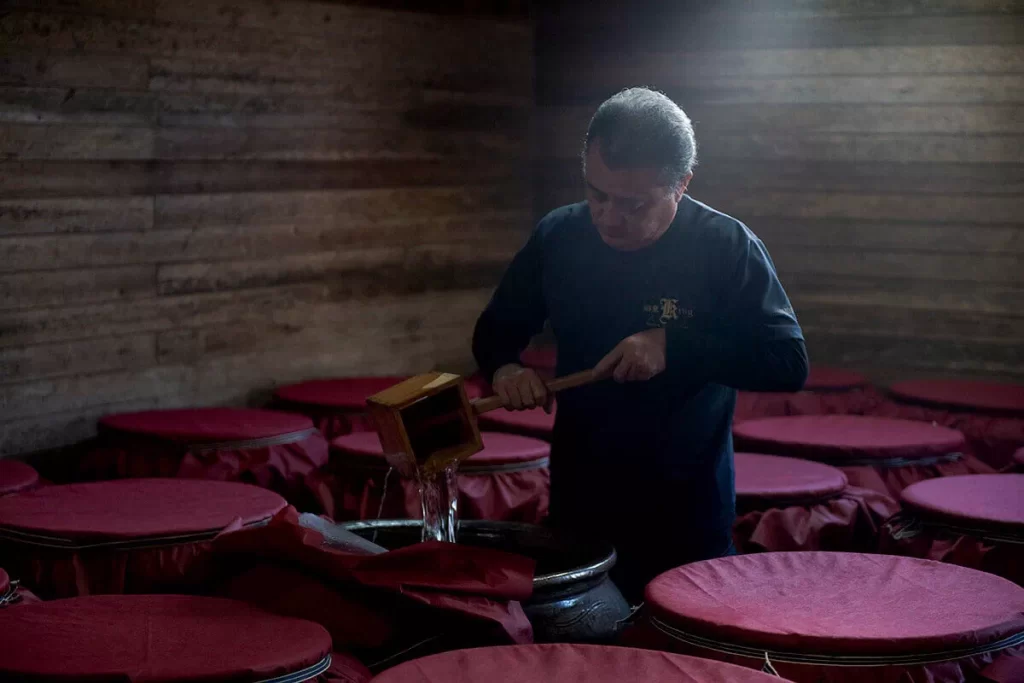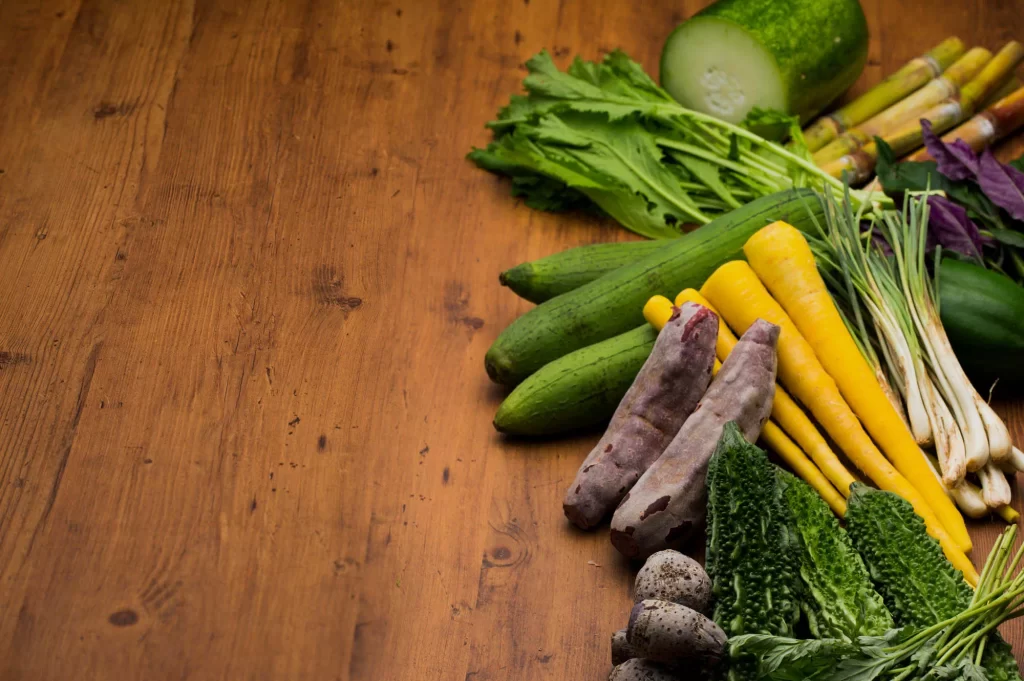The Secret of Okinawan Longevity
Okinawa is one of the world’s Blue Zones, areas renowned for long life
The islands of Okinawa are one of the world’s “Blue Zones,” areas where a population has a life expectancy much higher than the global average. There are many factors that are thought to support the longevity of Okinawans; especially the subtropical marine climate of the islands, which is warm and stable year round; its diverse environment, from beautiful seasides to lush forests, stony karsts, and other natural features; the healthy eating habits and mindset born from island culture.
Elements that support a healthy diet
Here we examine three elements that help support Okinawa’s healthy diet.
Approach to food
For Okinawans, food is more than just sustenance; it is a way of nurturing body and spirit. The term nuchigusui means “medicine of life,” a philosophical concept used to refer to cuisine and other aspects of life in Okinawa. Food is also referred to as kusuimun, literally “medicine,” because a balanced diet is believed to have as much impact on the body as traditional medicines. Japan has set phrases for expressing gratitude both before and after a meal. In Okinawa, people say kusunaibitan, or “become medicine,” to express their thanks after a meal.
Simple nutritional balance
Okinawan cuisine is a balance of simplicity, nutrition, and flavor, and is perhaps best represented by the dish champuru. These simple, home-cooked stir-fries feature a variety of ingredients frequently used in Okinawan cooking, including:
-
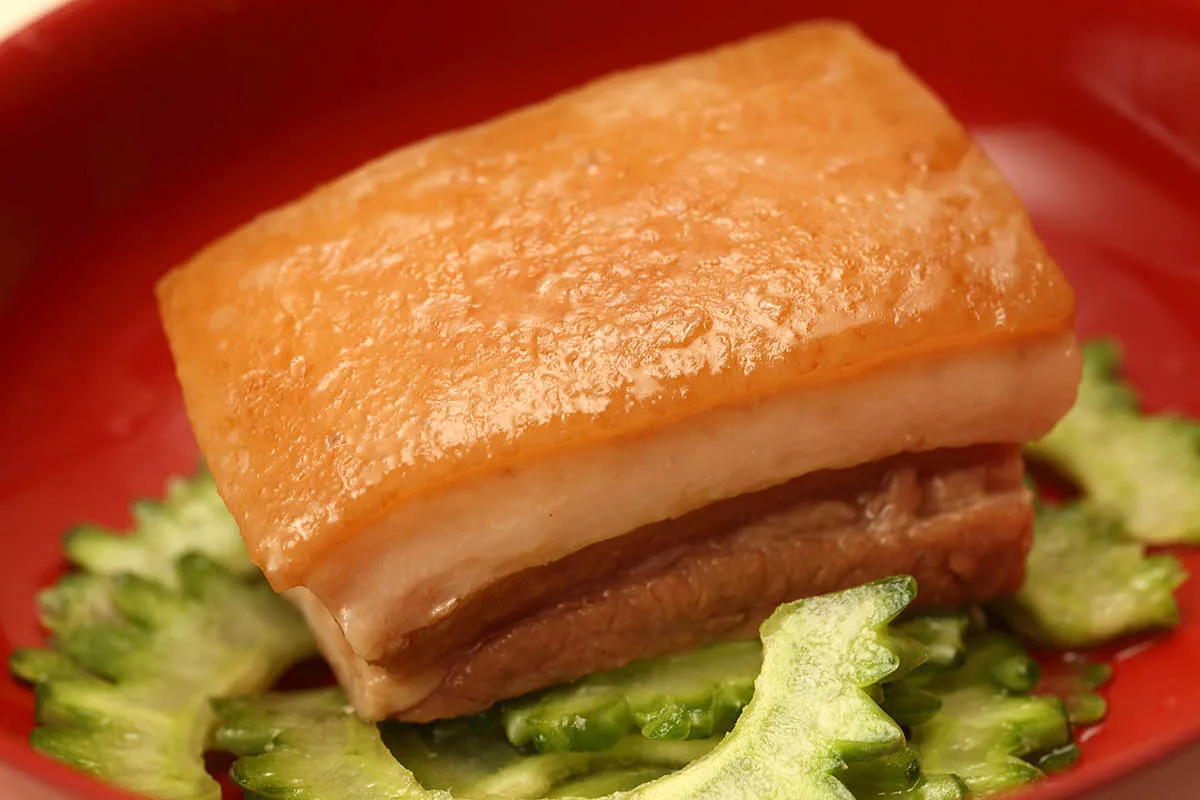 Pork
Pork - While pork can be quite fatty, the traditional way of preparing it in Okinawa is to simmer it for a long time to separate the meat from the fat, without losing flavor. Once it is tender enough to cut with chopsticks, it is then typically fried or stewed.
-
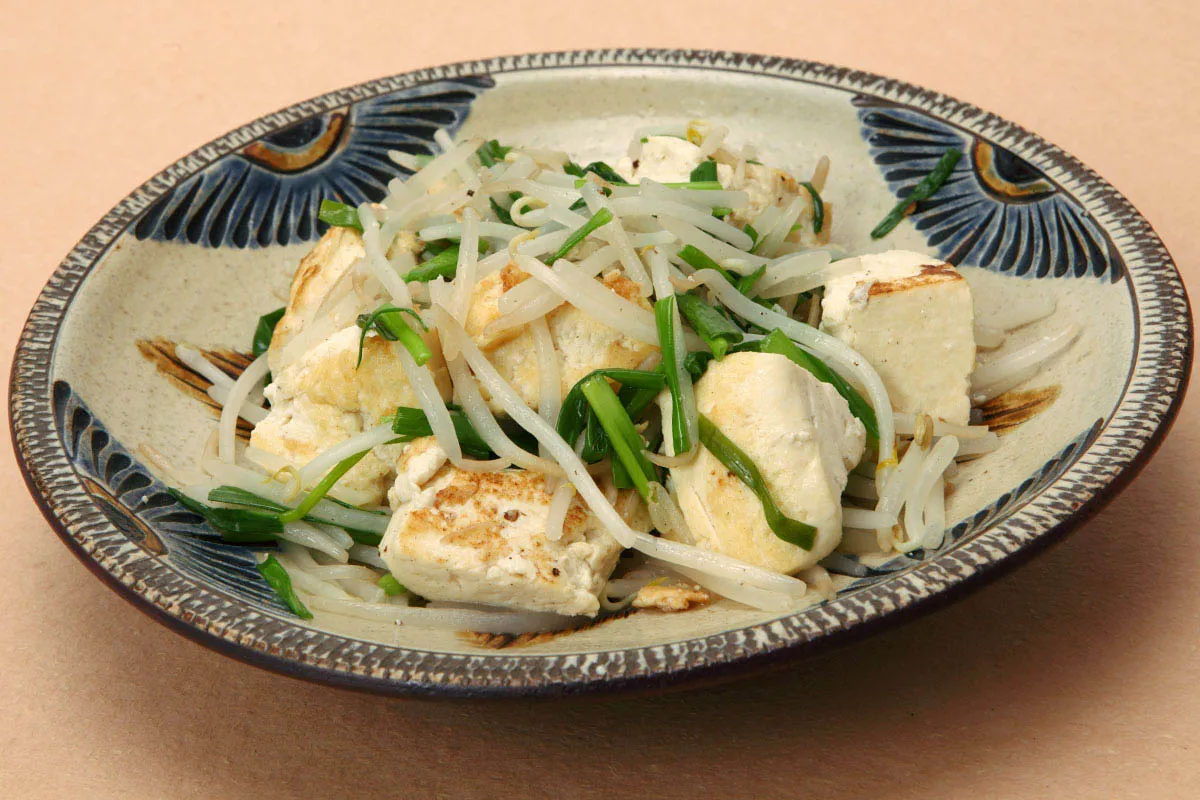 Tofu
Tofu - Tofu is an essential part of the Okinawan diet, since it is a versatile ingredient that is also a good source of vegetable protein.
-
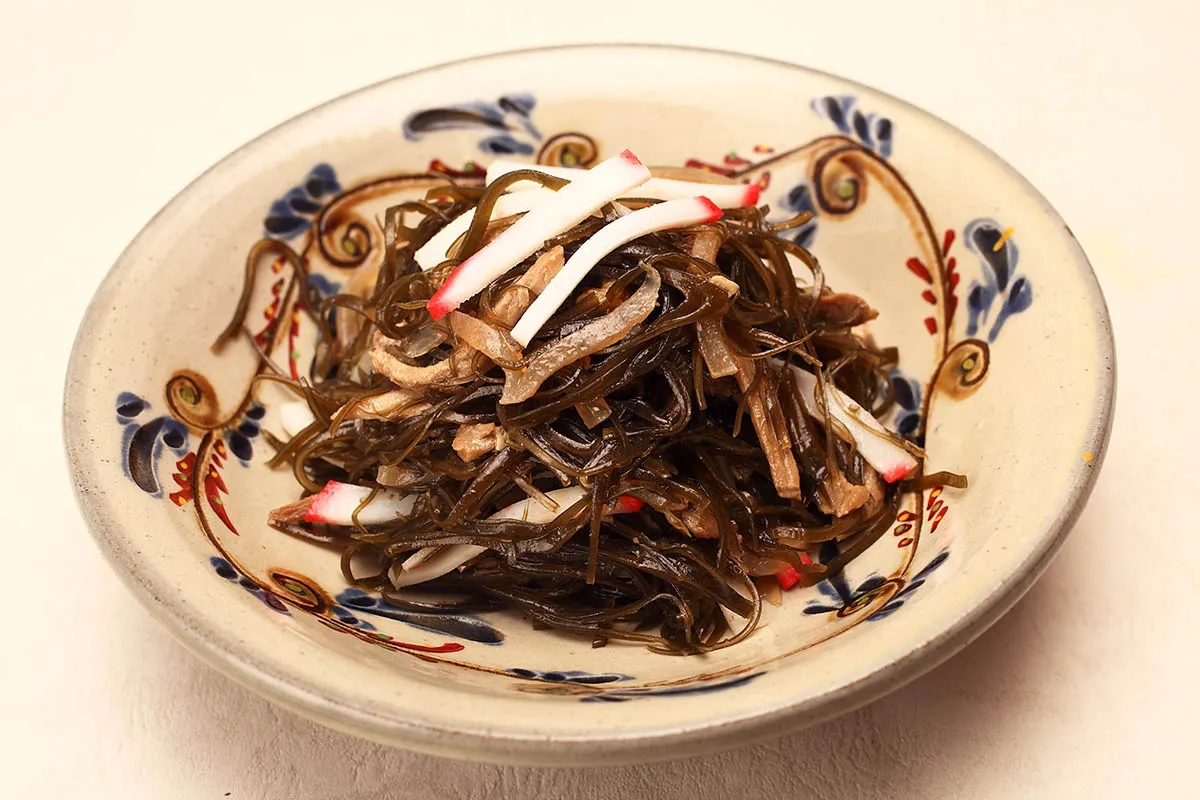 Seaweed
Seaweed - In addition to vegetables, seaweed can be a key ingredient in champuru. Kelp, for example, is often cooked and eaten, rather than simply used to make stock for soup.
-
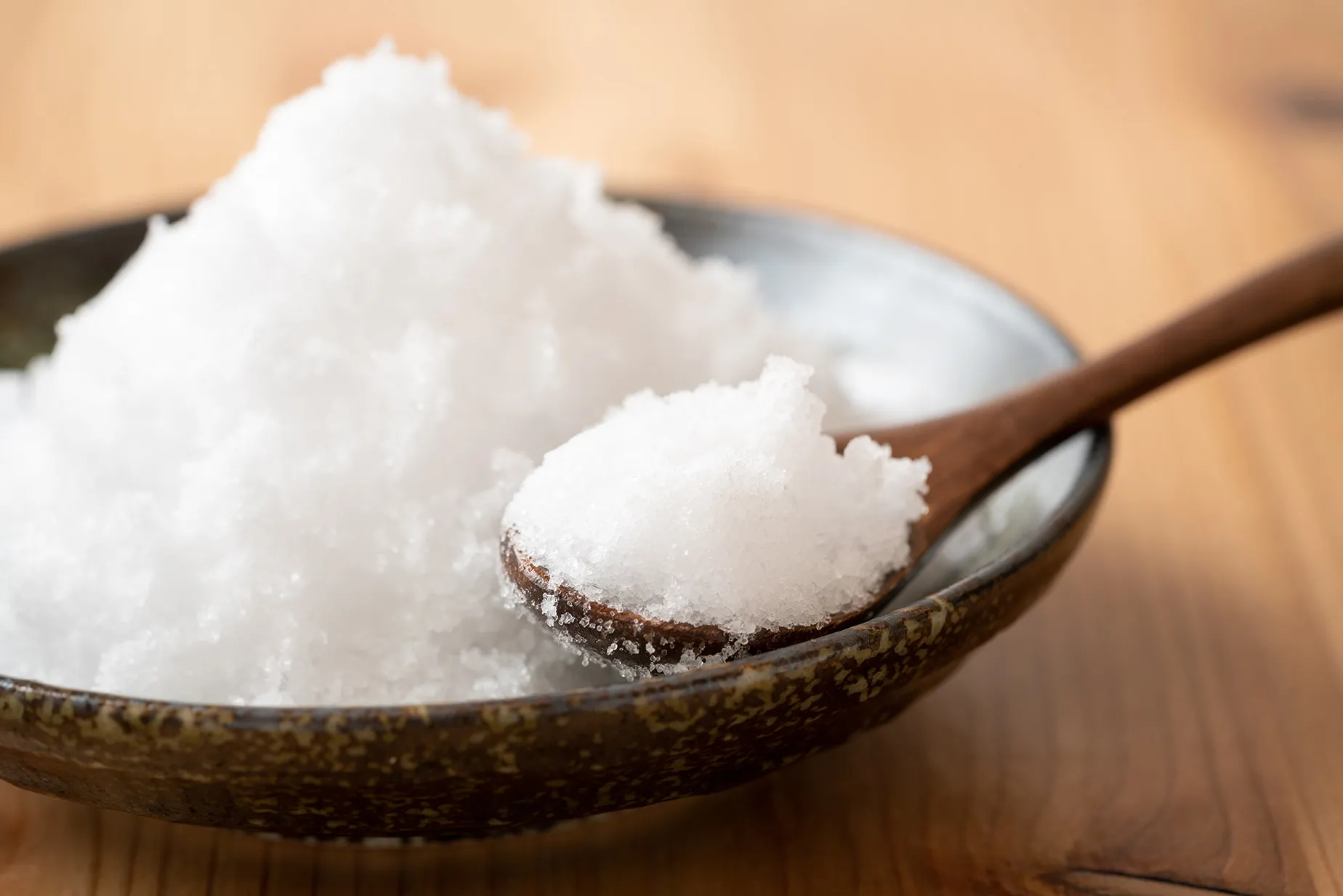 Salt
Salt - Salt is used in moderation. Because crops can be grown in Okinawa year-round, many of the salt-based preservation methods seen elsewhere in Japan are not used on the islands. As a result, the salt intake of the average Okinawan is lower than the national average.
-
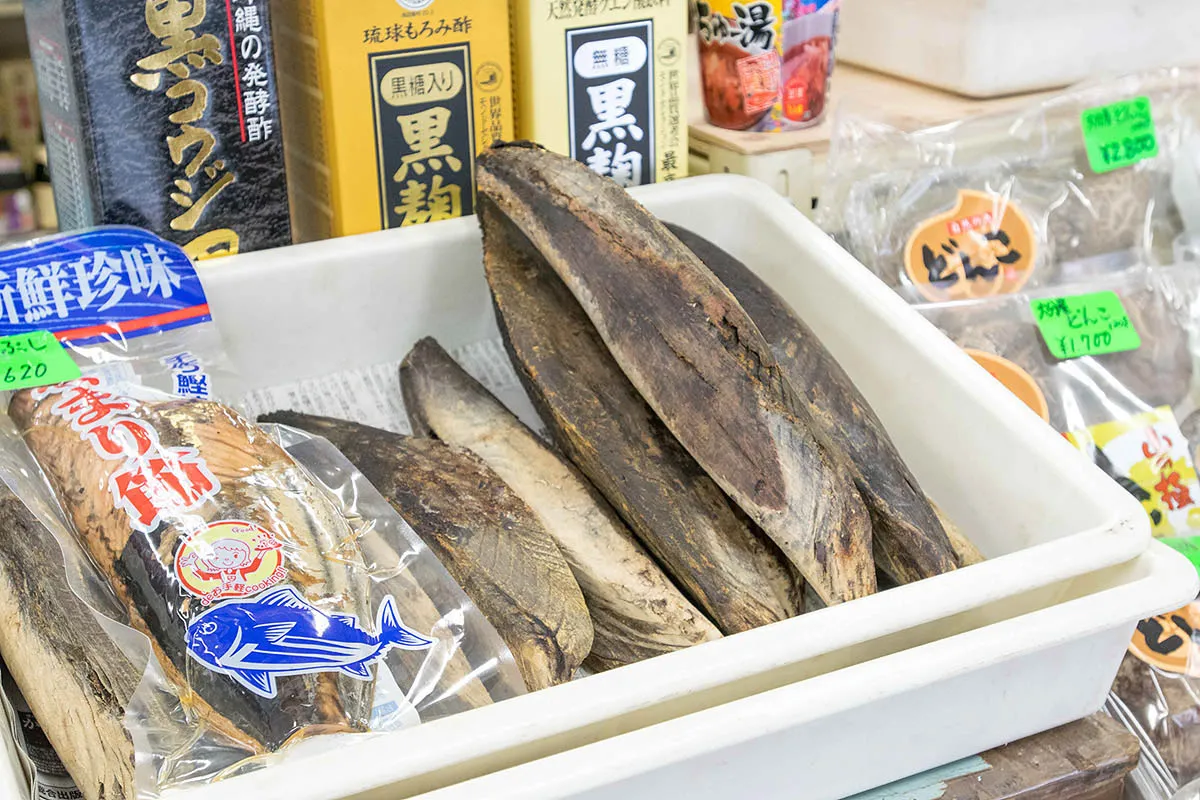 Soup stock
Soup stock - Most soup stock used in Okinawa is dashi, a traditional stock made from fish and kelp. Okinawan dashi is usually made from bonito. In addition to dashi, pork stock is also used, though mainly for rice and noodle dishes. Many traditional dishes utilize soup stock and small amounts of salt to create their bold umami flavors, which are described in Okinawan as ajikuutaa (literally “strong flavor”).
Use of superfoods
Superfoods are nutrient-rich ingredients considered especially beneficial to health and well-being. The Okinawan diet contains many superfoods, which are produced naturally or through cooking or fermentation.
-
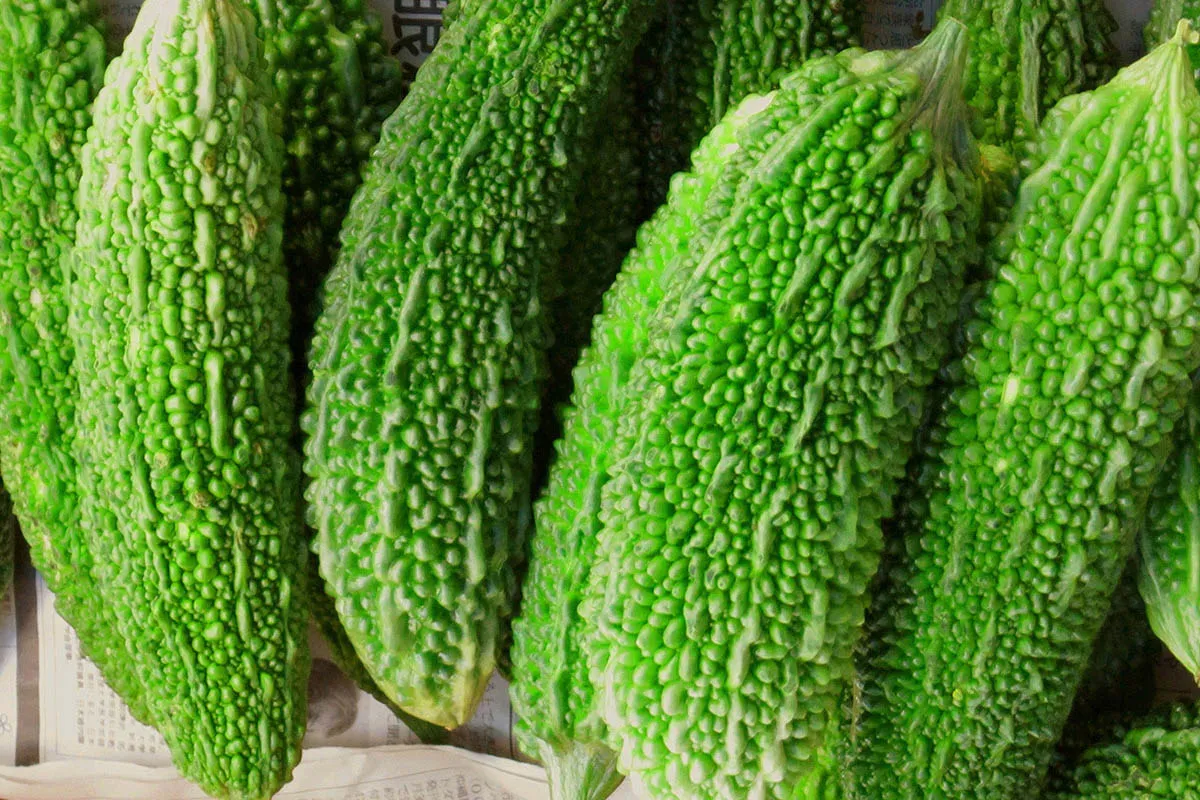 Goya
Goya - Goya, or bitter melon, is rich in vitamin C, beta-carotene, iron, and potassium. It is most often seen in Okinawa’s signature dish, goya champuru.
-
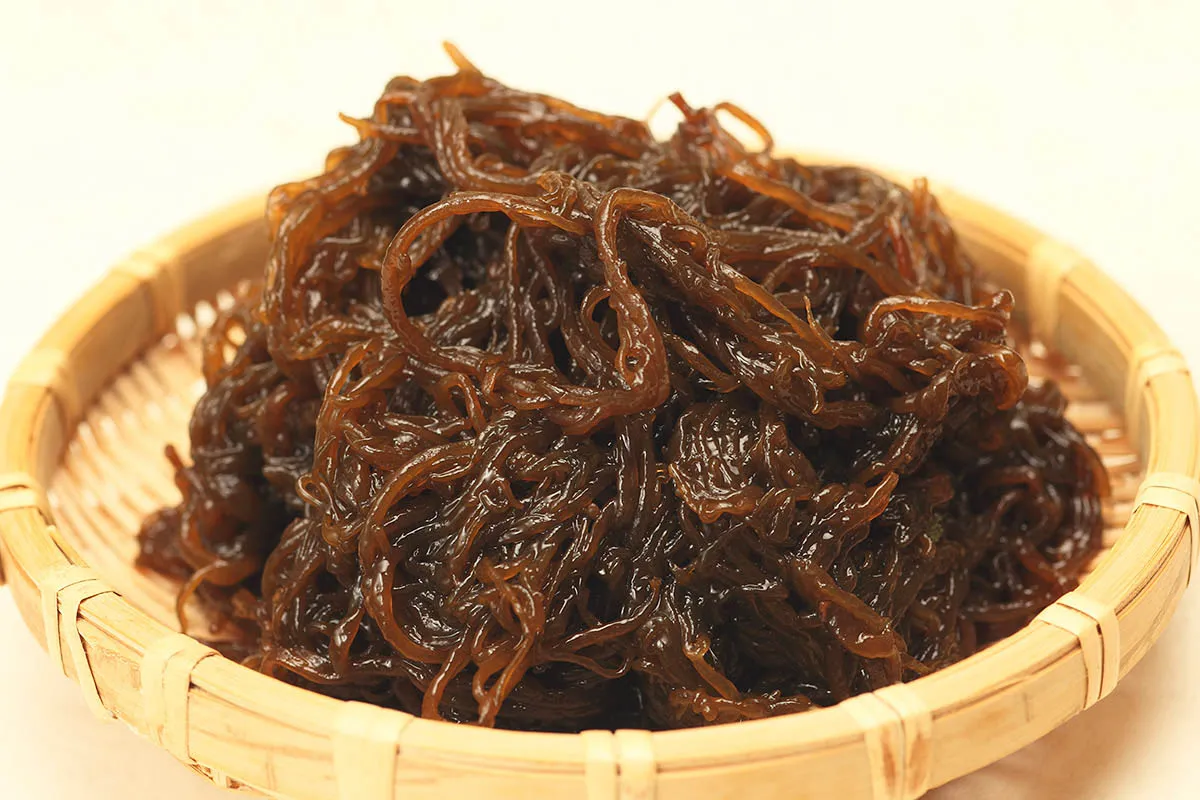 Mozuku seaweed
Mozuku seaweed - Mozuku is a type of seaweed that grows in the waters around Okinawa. It has a somewhat slimy texture, and contains lots of fucoidans, believed to have various health benefits. It is usually eaten as tempura, or sweetened in vinegar.
-
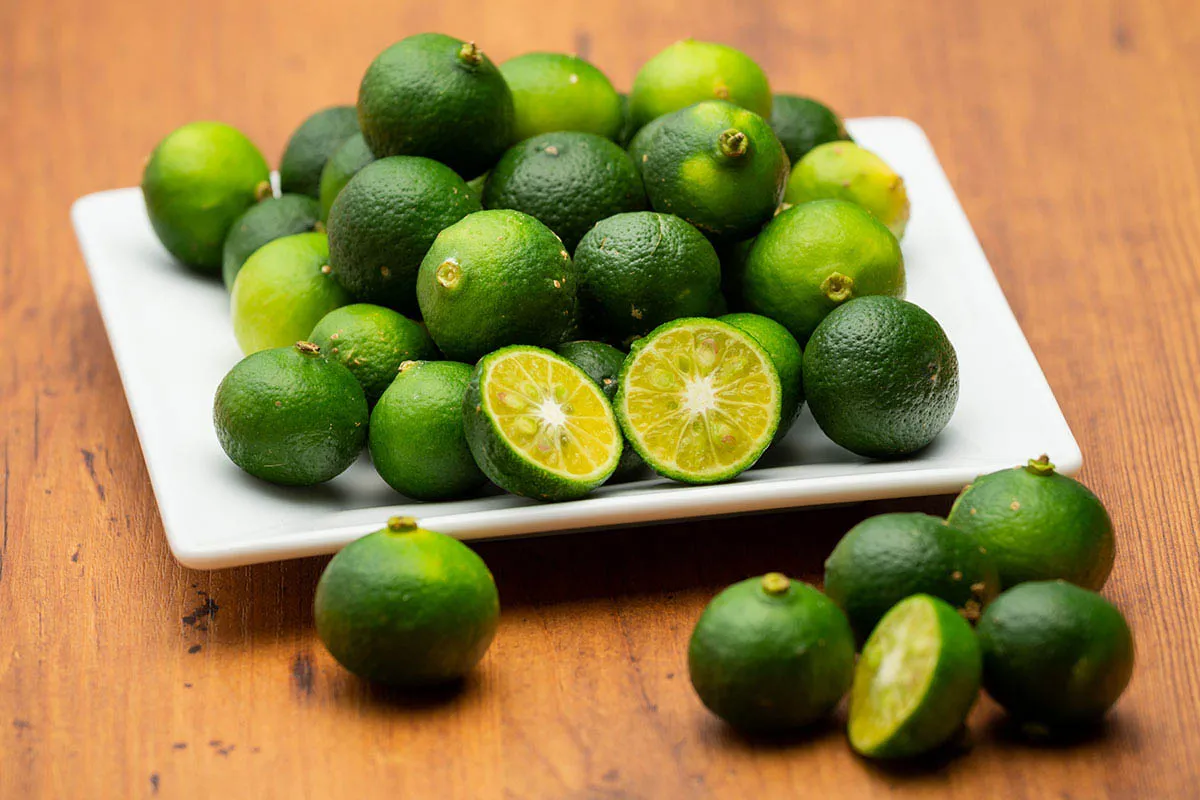 Shikuwasa
Shikuwasa - Shikuwasa, or shekwasha, is an Okinawan citrus fruit that is rich in citric acid and polyphenols. It is believed to have antioxidant properties, and in addition to food, it is sometimes used in skincare products.
-
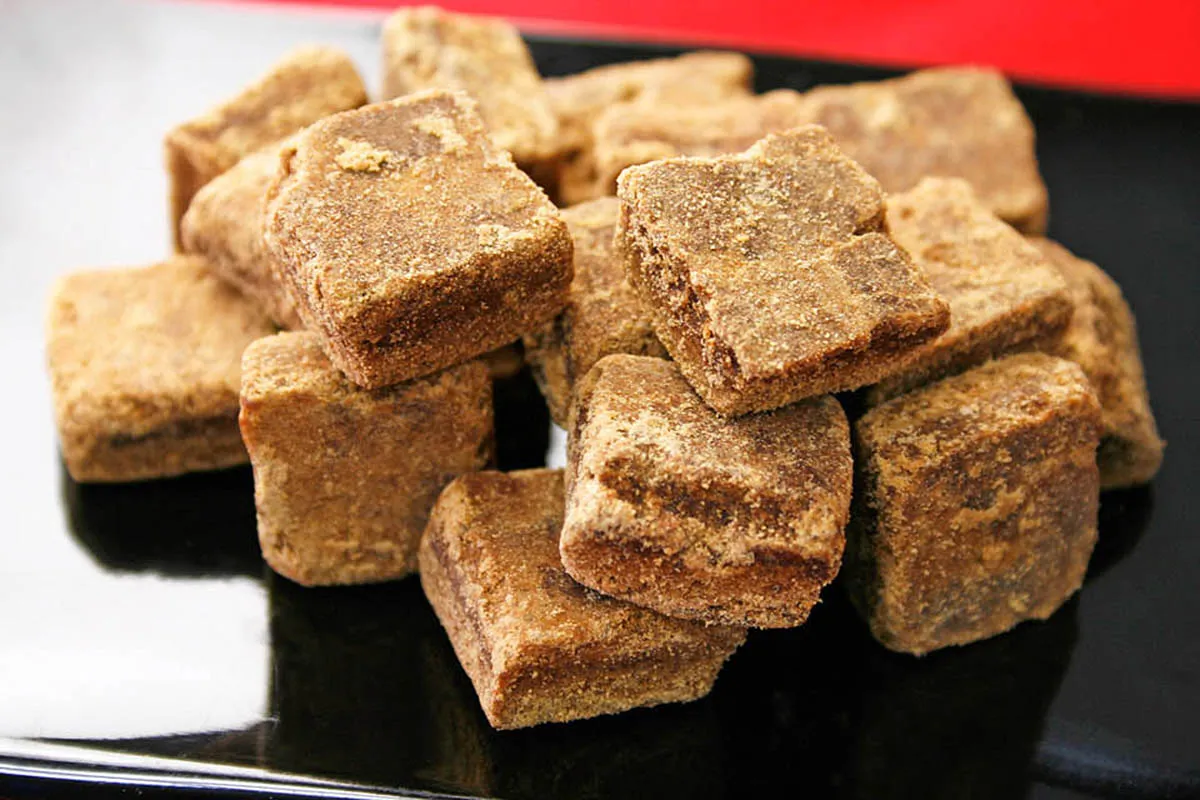 Sugarcane
Sugarcane - Sugarcane, or uji, is the largest crop of Okinawa Prefecture. Brown sugar is made by boiling the juice squeezed from the sugarcane plant. It is high in calcium and minerals, and the leftover material (or bagasse) is rich in dietary fiber.
-
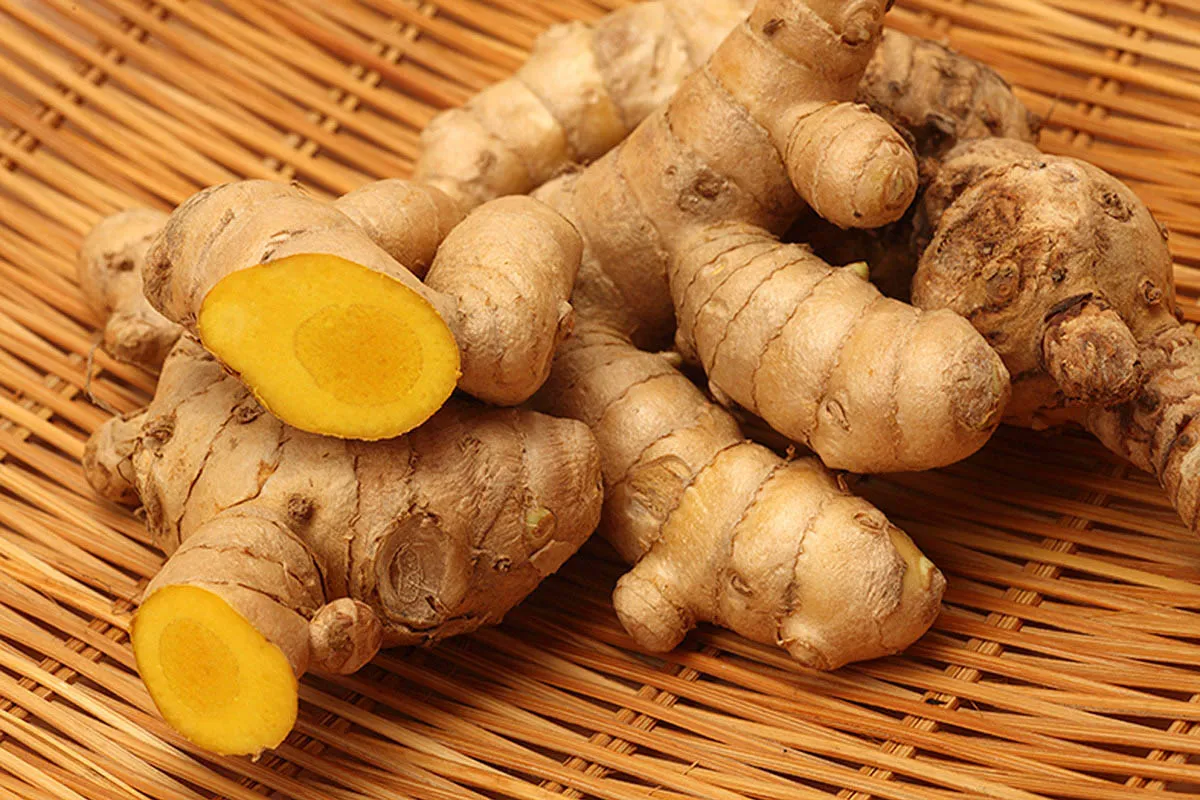 Turmeric
Turmeric - Turmeric, or uchin, is used as a spice in dishes, or in tea. The autumn variety contains curcumin, which is a polyphenol thought to promote liver health, and spring turmeric contains minerals such as calcium, potassium, iron, and magnesium.
-
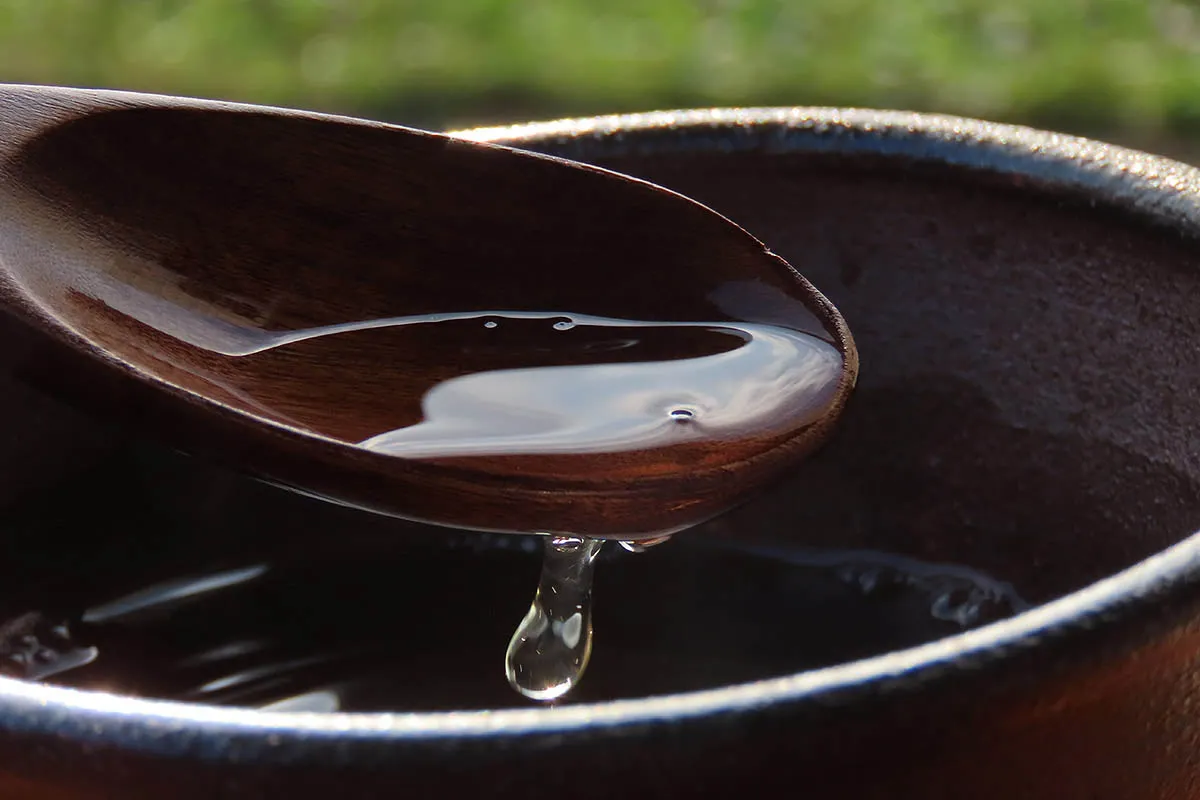 Ryukyu moromi vinegar
Ryukyu moromi vinegar - Moromi vinegar is extracted and filtered from awamori liquor lees, a by-product of the awamori making process. It contains abundant amounts of citric and amino acids. Ryukyu moromi vinegar is known as a health drink.
-
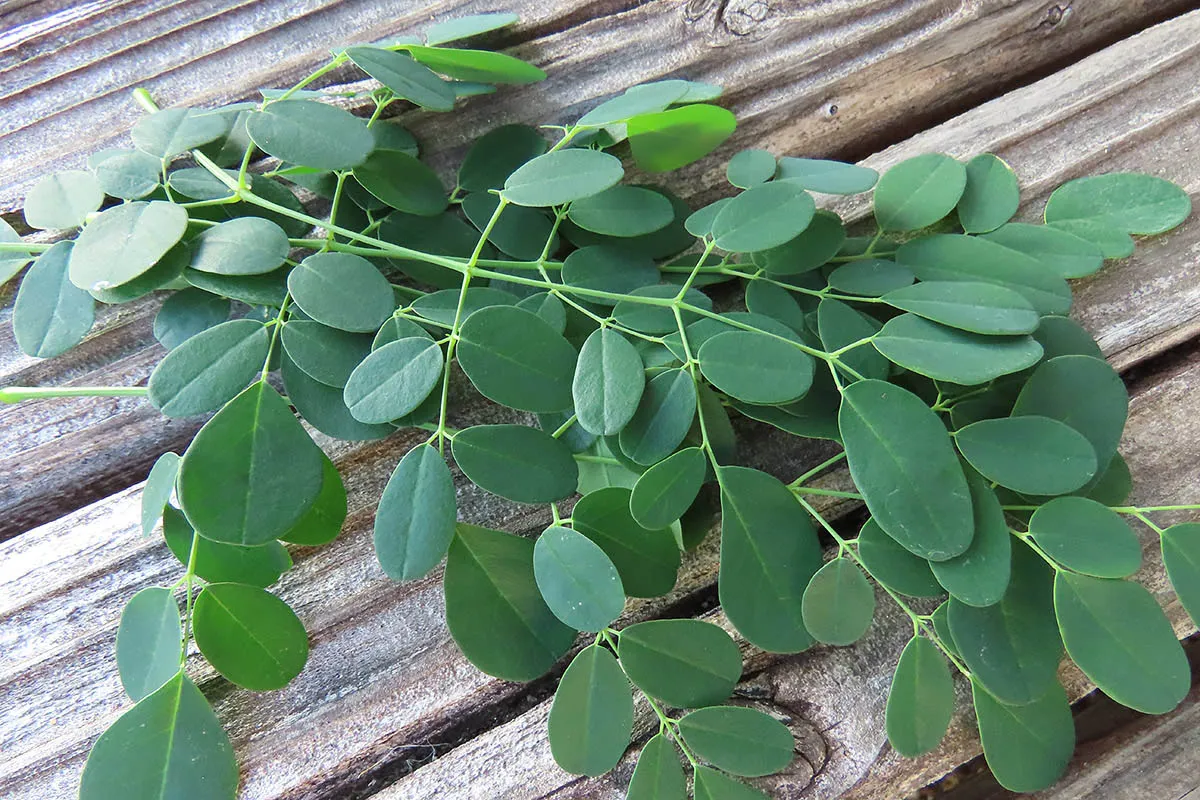 Moringa
Moringa - Moringa is a horseradish plant native to Northern India that is cultivated in Okinawa. It is also called a “miracle tree,” as its seeds, stems, branches, leaves, and roots are said to contain 90 nutrients that affect 300 functions and parts of the human body. It contains plenty of vitamins, zinc, calcium, potassium, phosphorus, dietary fiber and essential amino acids such as lysine and valine.
-
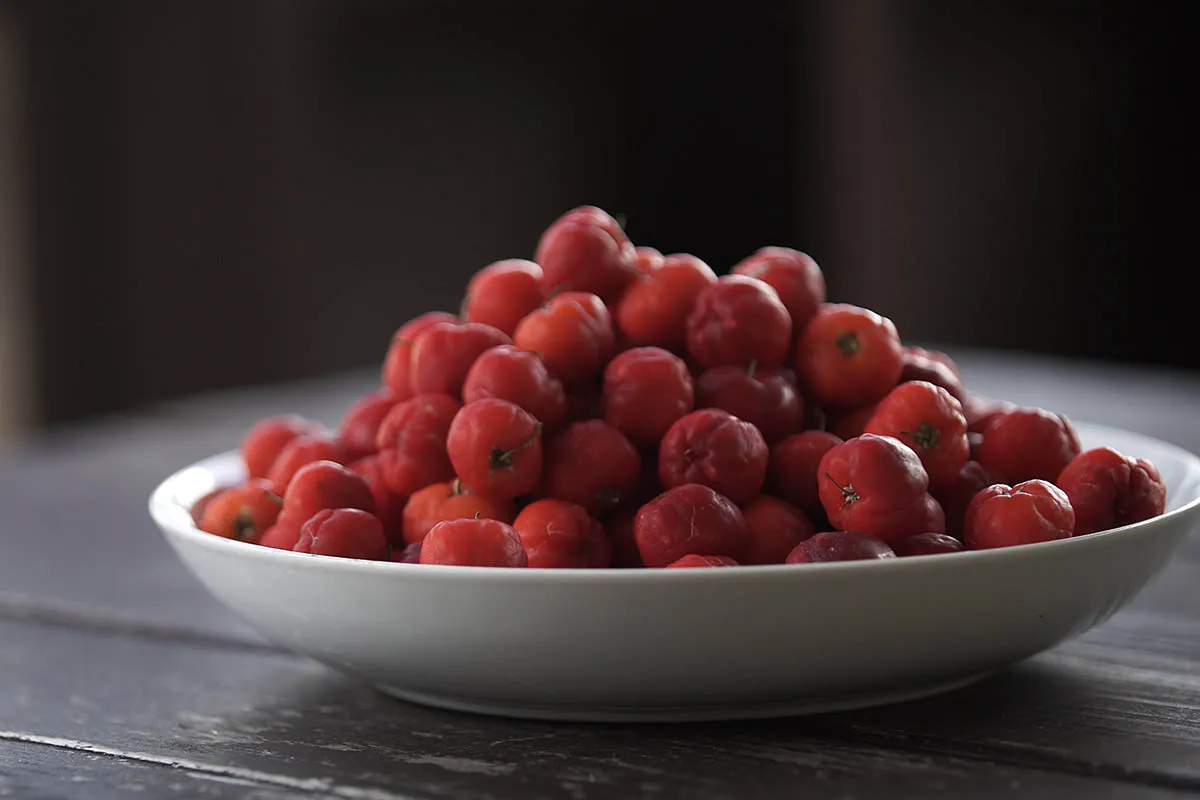 Acerola
Acerola - Acerola is a fruit native to the Caribbean. It has about 34 times more Vitamin C than lemon juice, and its skin contains polyphenols. Motobu, located in the northern part of the main island of Okinawa, is known as the production center for acerola and is recognized as the first Super Food Town by the Japan Super Food Association.
A language that reflects a mindset
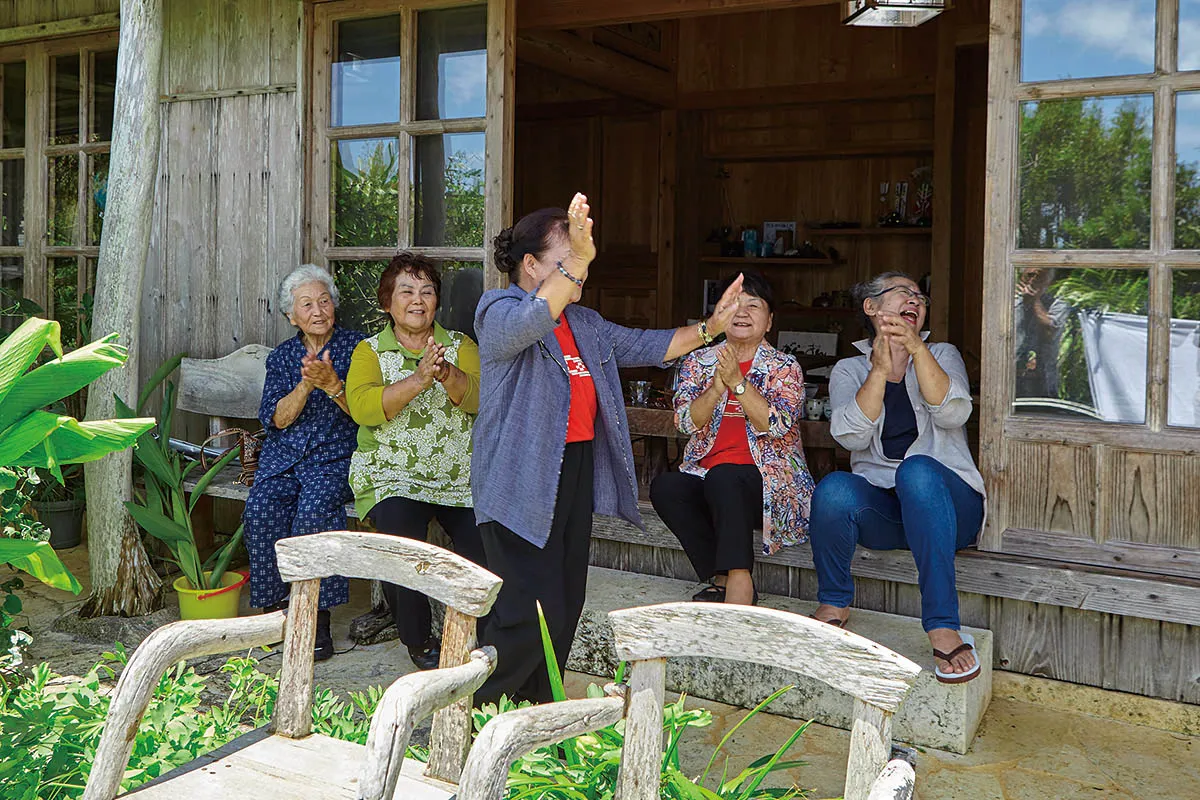
Mental health is an essential part of overall wellness, and life on the islands of Okinawa seems less stressful than other places. There are many words that reflect the low-stress, community-oriented mindset that is prevalent in Okinawa. The phrase nankuru nai sa, for example, means “things will work out somehow,” a useful concept for reducing stress in difficult situations.
While Japan is known for its punctuality, the Okinawan phrase “uchinaa time” is used to demonstrate the more relaxed pace of life on the islands. Yuimaru is a word that means “mutual aid,” an important aspect of community in Okinawa, which is also reflected in the concept of Ichariba-chodee, an idea that once you meet someone, you have formed a lifelong bond.
Visitors have the opportunity to engage with Okinawan cuisine and culture; try exploring the islands at your own pace, and be sure to sample the food in rural areas—Ogimi and Kunigami have some of the highest longevity, and are representative of Okinawa’s Blue Zone lifestyle.

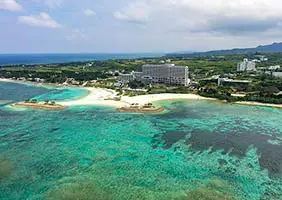
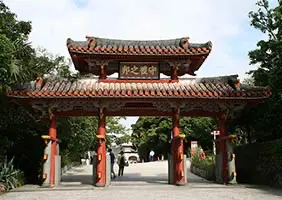
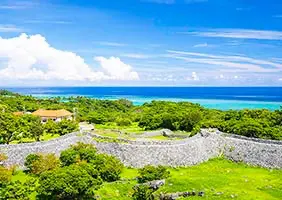

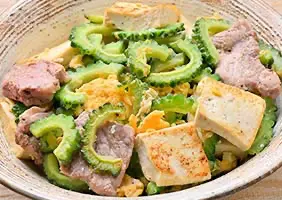
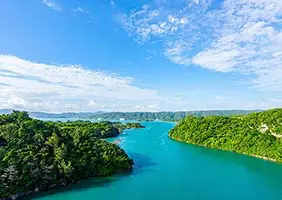


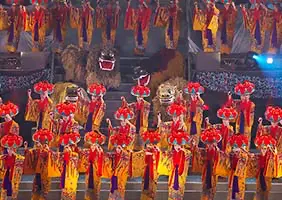
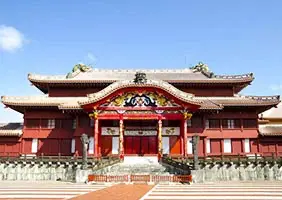
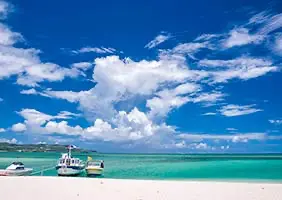
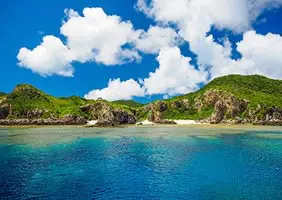
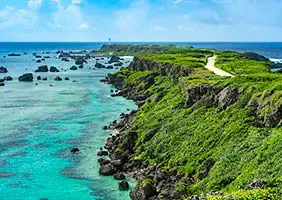
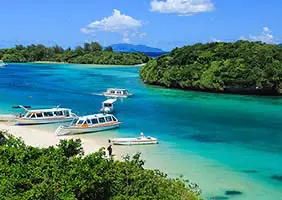
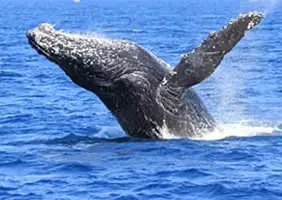

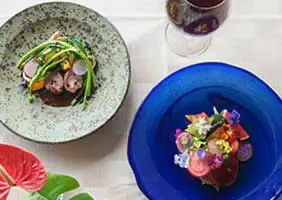
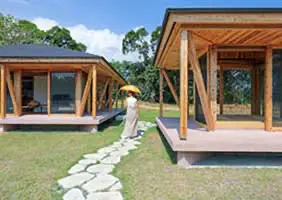




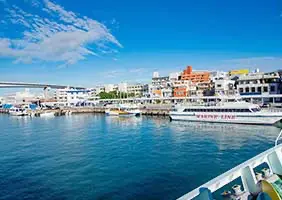
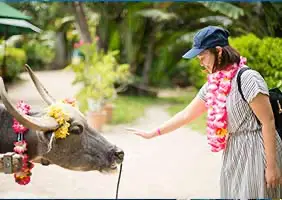
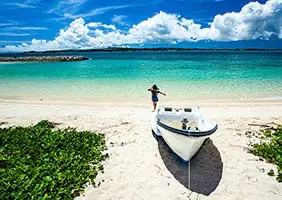


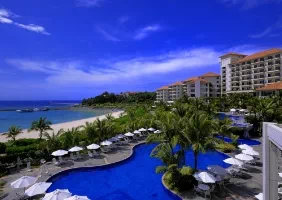
 Facebook
Facebook Twitter
Twitter Copy URL
Copy URL


